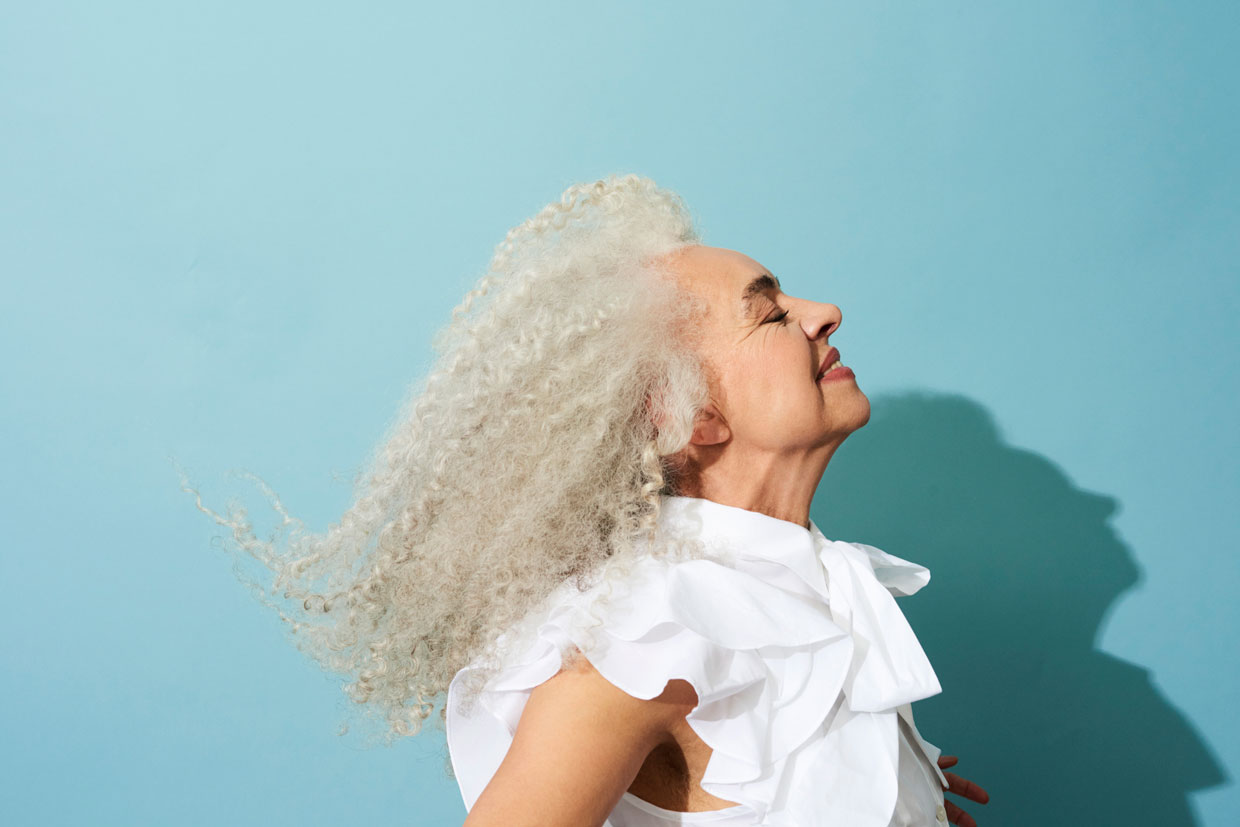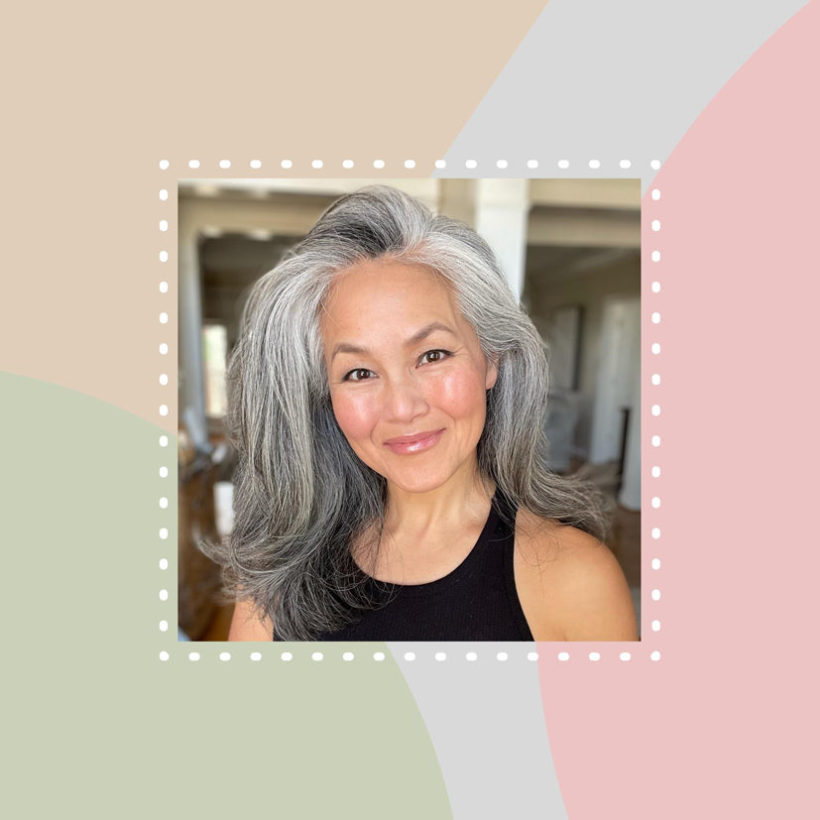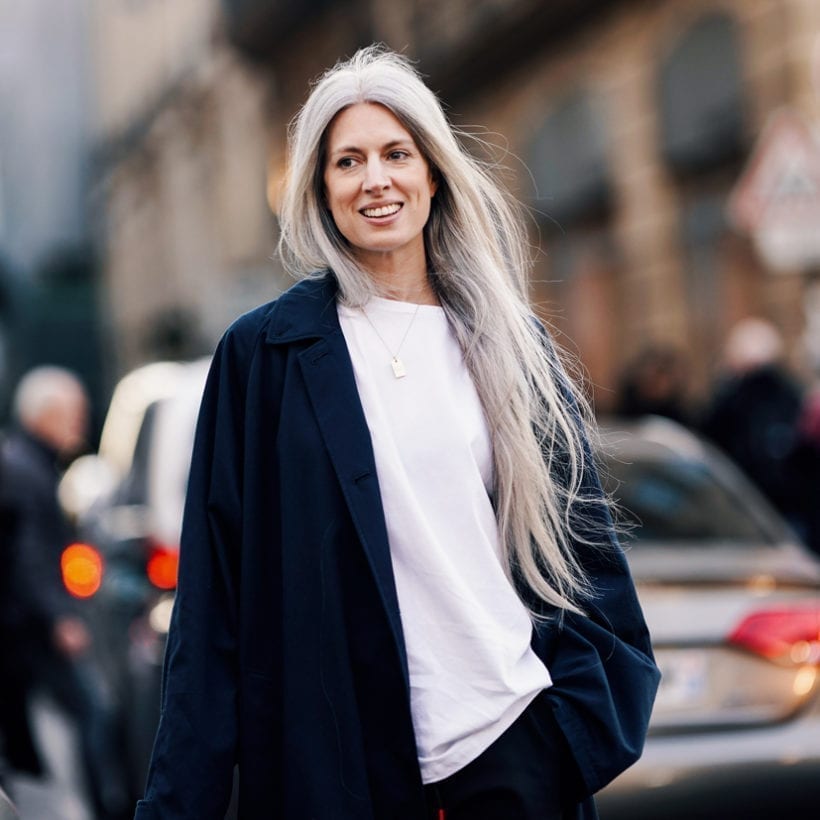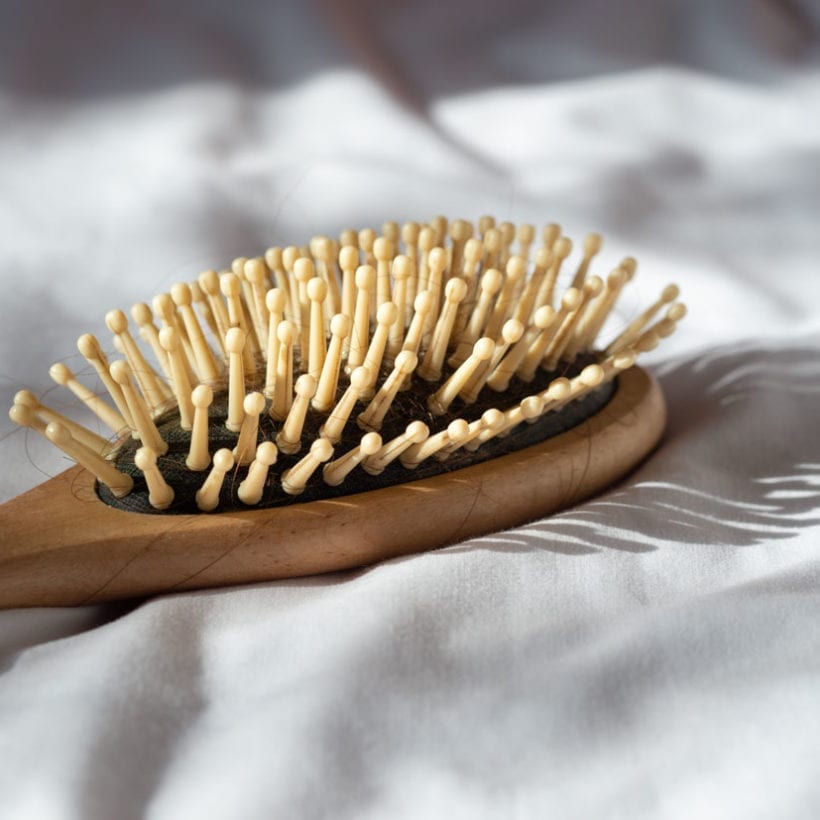If you think your hair used to be lusher or the texture feels different, it’s not just in (er, on?) your head. Similar to how our skin transforms over time, your hair changes as you get older. As we age, we might notice visible signs of aging on the complexion, and the hair is no different. Albeit subtle and sometimes harder to notice than the skin, some of the most common signs of aging hair are “[changes in] texture, loss of color, dehydration and lack of moisture, less elasticity, and overall decreases in hair vitality,” says Philip Berkovitz, founder of Philip B. Botanicals. “Hair thickness density also changes [with age],” he adds. According to Berkovitz, age can also impact the rate of hair growth, typically slowing it down as “our follicles are not as productive.” It can also result in balding, which is usually more common in men than women, but Berkovitz says it can affect anyone. “For some, especially those with genetic pattern baldness, more shedding, hair loss, and miniaturization of the follicles are commonly associated with age,” Berkovitz adds, noting that changing hormones play a key role in aging the hair. “Texture also becomes more coarse, wiry, and dehydrated, which [can] lead to damage and breakage.”
Hair doesn’t change when you reach a certain age — it’s technically always in a state of fluctuation. But, we can protect hair from some of the potential damage effects aging can cause. Up ahead, find out more about how hair changes with age, including some hair care musts for keeping aging strands as healthy and vibrant as ever.
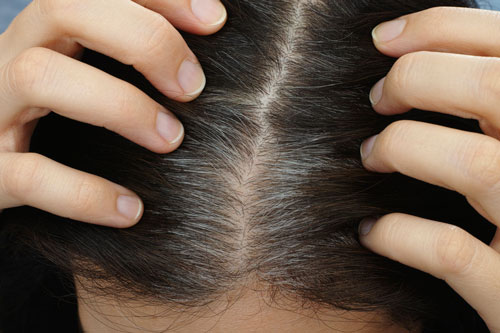
When Hair Goes Gray
One of the most visible signs of aging hair is gray hair. According to Berkovitz, there is a logical reason for this phenomenon. The melanin-producing cells in the body — called melanocytes — produce less melanin as we age, and, as a result, hair appears to turn gray. “What happens is we are producing and infusing less color into our hair, which is composed of a porous keratin protein,” says Berkovitz.
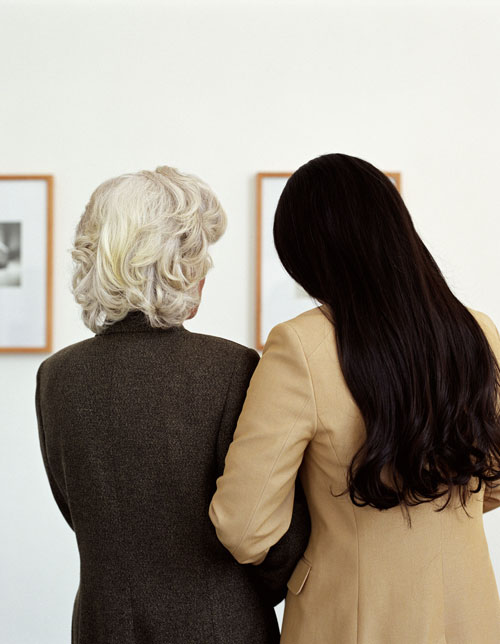 Berkovitz explains, noting that it results from “slower metabolic function” as we age. Because of that, we can see gray hairs pop up as early as our 30s, “but it is more common and visible in our 40s.”
Berkovitz explains, noting that it results from “slower metabolic function” as we age. Because of that, we can see gray hairs pop up as early as our 30s, “but it is more common and visible in our 40s.”
How to Care for Aging Hair
Like an anti-aging skincare routine, aging hair requires some care to look and feel healthy and vibrant. “You cannot expect hair not to age, but you can combat the signs and symptoms at every step and stage,” says Berkovitz, noting that, without intervention, aging hair can become lackluster, damaged, and experience a loss of elasticity with age.
We’re all for embracing grays, but if you aren’t ready to fully embrace it, Oribe Airbrush Root Touch-Up Spray easily conceals grays in between sessions with your colorist. Since gray hair tends to drier and more prone to breakage, Berkovitz says to “look for moisture-rich shampoo formulas filled with vitamins that bring parched, fragile strands back to life.” But, your anti-aging hair care routine shouldn’t always begin with a shampoo. Berkovitz recommends cycling in scrubs and pre-wash treatments, too. These formulas should be used once or twice a week and can “enhance oxygenation and lift dead skin cells while preparing the scalp to receive nourishment,” Berkovitz notes.
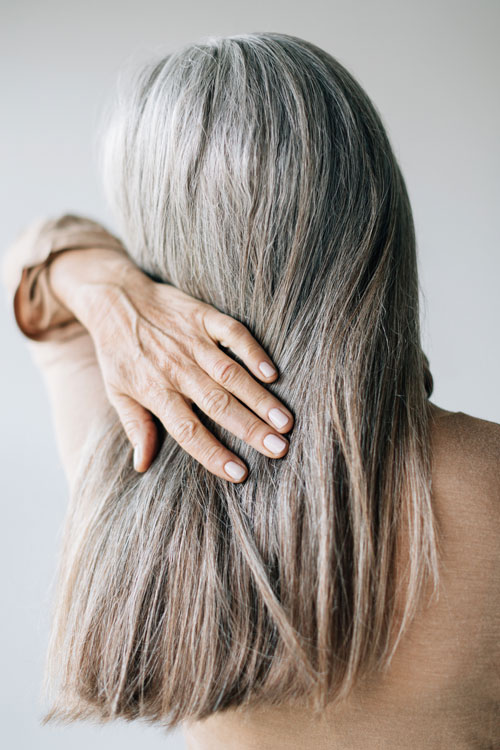 After cleansing, reaching for an emollient conditioner blend with ingredients such as African Shea Butter, Wheat Germ, and Soy Proteins will help “lock in moisture,” he adds. In addition to these key steps, Berkovitz adds that some additional R&R through hair masks and hot oil treatments can also help keep hair supple and youthful-looking. He says to reach for elixirs with natural oils such as sweet almond, sesame seed, olive, jojoba seed, or walnut oil to provide nourishment and give hair masks or leave-in conditioners with “amino acids and beneficial fatty acids” a try to add more hydration and nutrients.
After cleansing, reaching for an emollient conditioner blend with ingredients such as African Shea Butter, Wheat Germ, and Soy Proteins will help “lock in moisture,” he adds. In addition to these key steps, Berkovitz adds that some additional R&R through hair masks and hot oil treatments can also help keep hair supple and youthful-looking. He says to reach for elixirs with natural oils such as sweet almond, sesame seed, olive, jojoba seed, or walnut oil to provide nourishment and give hair masks or leave-in conditioners with “amino acids and beneficial fatty acids” a try to add more hydration and nutrients.
Besides potions and elixirs, Berkovitz says that some styling changes might make a difference in aging hair and recommends “eliminating a wash or two to keep the beneficial natural oils on hair and scalp working for you.” As a result, your hair might “look and act younger” with the added natural nourishment. Berkovitz also says to decrease the amount of time spent drying hair and, as much as possible, “put down the hot tools.” Styling tools can leave strands feeling dry and cause damage with excessive use. And one way to cut down on drying time is to invest in a towel hair wrap such as the AQUIS Microfiber Hair Towel. These hair wraps are ultra-absorbent, which helps cut down drying time.
Taking care of aging hair also extends beyond how we wash, style, and the products we use. According to Rae Lynne Kinler, MD, a dermatologist, leading hair restoration specialist, and transplant surgeon at Ziering Medical in Greenwich, Connecticut, taking supplements can also help ensure we support our strands from the inside out. “For general aging hair, healthy vitamins or supplements with all B vitamins, biotin, folic acid, and vitamins C, E, and K are beneficial to all patients,” says Kinler. For added nutrients, consuming “superfoods like turmeric” can add a layer of additional support to aging hair, says Kinler.
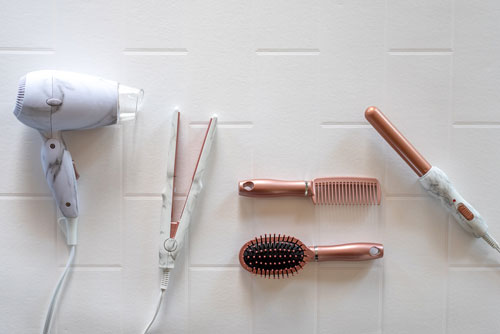
Aging is inevitable and, in so many ways, a gift. With age, we gain wisdom, experience, and many beautiful memories with the ones we love. Changes to hair (and skin, for that matter) can be tricky to manage at first, but rather than resist our beautiful aging bodies, let’s celebrate them with care and nourishment through every decade.
We only recommend products we have independently researched, tested, and loved. If you purchase a product found through our links, Sunday Edit may earn an affiliate commission.
